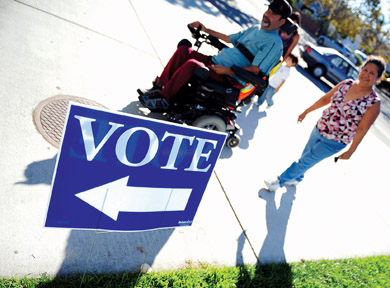All too often in San Benito County, local government leaders have tried to push property or parcel taxes to fund initiatives or deficits caused by irresponsible budgeting. An example was the Hollister School District’s failed 2011 attempt to pass a $96 parcel tax at the depths of its financial problems, with the special election costing local taxpayers close to $150,000.
When it comes down to it, San Benito County is one community, but the individual tax rates don’t show it. Currently, Hollister has an 8.5 percent sales tax. San Juan Bautista has an 8.25 percent tax. And unincorporated San Benito County, which generates around 40 percent of the county’s overall sales-tax revenue and home to most of the county’s wealth, has a 7.5 percent rate.
That’s simply unfair and serves to aggravate a wealth gap in this county. The residents with the most money based on median incomes are paying the least on taxable purchases. That includes on any vehicles purchased outside of San Benito County, as required by state law.
Keeping in mind that this is one community with residents often sharing common goals, residents in the country shop in the city, and residents in the city shop in the country. So everyone should pay the same sales tax to foster an even playing field among businesses and residents. Additionally, the county would reap benefits from outside tourists spending their money while in town.
Hollister, which has its own 1 percent sales tax, is a different story while heading toward a third special tax proposal. The county should let officials in Hollister and San Juan—which has a permanent sales tax in place, further complicating the mix—let their residents consider the future of such taxes, and evening the playing field, going forward.
For now, though, the county’s leaders should try to get on par with Hollister and push for a 1 percent sales tax affecting only unincorporated San Benito County.
Like Hollister, which balances its budget strictly due to a special 1 percent sales tax, San Benito County also needs special revenue to break even. The county in recent years has averaged multimillion-dollar deficits, causing officials and residents to pursue avenues for alternative revenue sources to fund such areas as the library and parks.
It’s a tough sell in the more conservative rural county, but officials must make an honest pitch—another revenue source is needed to move this county forward, while tourists will pay some of the bill—to gain voters’ trust.
68.2
F
Hollister
April 8, 2025











